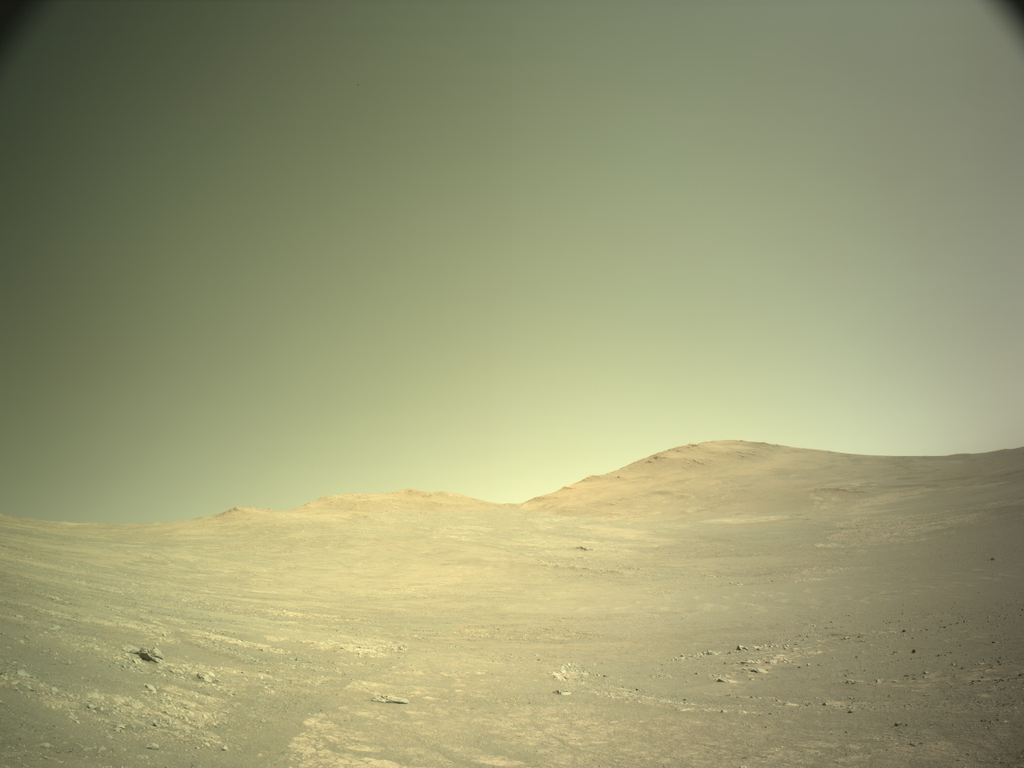
Audience
Educators, Students
Grade Levels
Grades 5-8
Subject
Computer Science, Engineering Design, Technology, Communication
Type
Lesson Plans / Activities
Introduction
Many networks link our society together, such as telephone networks, computer networks, and transportation networks, in addition to NASA’s Deep Space Network (DSN). The DSN is NASA’s international array of giant radio antennas that provide the crucial connection for commanding spacecraft and receiving their never-before seen images and scientific information. In this activity, students will learn how computers solve networking issues using minimum spanning trees, which determine the most efficient route to each destination within a network. Students will then work together to construct their own network with minimum spanning trees.
![]() Grade Range: 5-8
Grade Range: 5-8
![]() Time Needed: 45-60 Minutes
Time Needed: 45-60 Minutes
![]() Materials List
Materials List
Ensure that participants have:
-
- Handout: Scavenger Hunt
- Handout: Deep Space Neighbors
- Colored pencils or markers
- 50 cotton swabs or toothpicks
- 10 buttons or pennies
Activity Procedure
Exploration
- Share with students that one of the many networks in our lives is a network of friends. NASA’s DSN may be much more technically complex than a friend network, but relaying a message from Mars to Earth via satellites has a lot in common with passing a note to a friend via a few other friends. One of the most fundamental problems is figuring out which satellite will send the message most efficiently.
- Give each student a Challenge 1: Scavenger Hunt handout. This activity is a simplified explanation of how computers design complicated networks by finding the most efficient connections between each object in the network. Allow students to work individually, then come back together as a group to explain their strategies to solve the challenge. If students struggle with the activity, have them begin at one object and choose the shortest path, continuing this process until they’ve reached every object.
Discovery
- Explain to students that this Scavenger Hunt diagram is an example of a network graph. There are many types of graphs that may represent data in different ways, such as bar graphs, scatter plots, or histograms. All graphs highlight some data and ignore other data. This is called an abstraction. In this example we are highlighting the distances and ignoring the object itself. The steps that are taken and repeated to solve a problem are called an algorithm. In this case, we are trying to find the shortest route between objects. The algorithm used in this diagram is called a minimum spanning tree, which focuses on always using the shortest distance available. In the scavenger hunt, the focus is on traveling the shortest route to visit all the locations on the map. However, for real-life networks, such as the DSN, a message only needs to find the shortest path to its destination; it may not need to reach every point in the network. In this way, a minimum spanning tree is useful for finding the shortest length of path from anywhere, not just from a single location.
- Give each student the Challenge 2: Deep Space Neighbors handout. Explain to students that you will now focus on this new, more efficient minimum spanning tree algorithm together. Begin by shading in the paths with the shortest length, the two paths with a length of 4. Notice that two satellites are now connected to each other, and one satellite is connected to an antenna.
- Next, shade in the next shortest lines, any that have a length of 5. The minimum spanning tree is starting to take shape. An additional satellite should now be connected to the upper antenna, and the remaining two antennas are now connected with each other.
- Note: Students may be confused that you are not starting in one place and drawing a connected path. Explain that since you already know the entire graph, a more effective decision can be made by selecting all the shortest lengths of paths. Our goal is to find the minimal solution, in which n items only need n – 1 paths to connect. In this case, with 10 satellites and antennas, we will only need 9 paths.
- Continue shading in the shortest paths until every item in the diagram is connected. In some cases, the satellites and antenna may not be directly connected, but they are connected in another way through the same network. That is okay! The goal is to lessen the number of steps throughout the minimum spanning tree. If two items are connected in two different ways, eliminate the greater length by crossing it out.
- Note: All the paths with a length of 7 should be crossed out, because each of the satellites can be connected by a shorter line. Allow the students to discover this on their own. If necessary, ask if they can connect the satellite or antenna using a different, shorter path.
- The final satellite in the top left corner can be connected by three different paths. Ask the students which path they would choose. They should recognize that the shortest path is the length of 8. Crossing out the paths with lengths of 9 and 10 should complete the minimum spanning tree. • Once the minimum spanning tree is complete, have the students test the tree by beginning at one object and tracing the paths with their finger until they have reached every object in the diagram. Remind them that it may not be a direct line, but they should all be connected within the tree.
Demonstration
- Now that students are familiar with minimum spanning trees, have them construct a connected graph using buttons or pennies and the cotton swabs or toothpicks. Students may work on their own or in pairs, designing a map however they wish. Have the students switch graphs with another group and try to find the minimum spanning tree of the other group’s student-created graph.
Career Connection
Creating NASA’s Deep Space Network requires a team of people with diverse expertise and specialized skills working together. Below are just a few examples.
System Engineers design, develop, and integrate the system of components needed for a network to function properly. They ensure the system runs smoothly and communication occurs efficiently.
Software Engineers develop, test, and implement the programming and software needed to maintain a network such as the DSN. Their work ensures the network runs smoothly deep in space.
Welders plays a critical role in constructing satellites within NASA’s Deep Space Network. These skilled technicians use specialized welding techniques and tools to join critical components of advanced aerospace materials. Their work ensures structural integrity in extreme environments such as vacuum, radiation, and temperature changes.





























